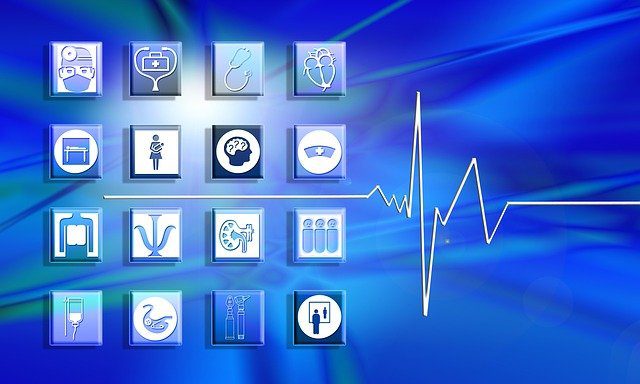The increasing adoption of human interface and machine learning with the accelerating speed of computerized technology has contributed majorly to a worldwide digital transformation. Additionally, artificial intelligence and knowledge-based applications in medical science and engineering have further propelled the healthcare industry globally. The worldwide evolution in medical sector has created a positive and enormous impact economically. The advent of smart machines and the automatically controlled integration with healthcare industry is considered an important part of the digital age and transformation. Healthcare automation is an initiative to connect digital media with a patient for better monitoring and effective diagnostic purposes.
Automation is a method of controlling or operating any process by automatic technique such as any electronically handled device. This not only reduces the possibility of human error in medical therapeutics or diagnosis but also helps in saving time and lives more efficiently. Although it is always assisted by humans for operations, it still has emerged as a popular reference when it comes to complex surgeries and operations. The concept of healthcare automation is increasingly gaining popularity with the rise in success rate of digitally or robotically performed surgeries worldwide.
Key Game Changer for Business – Robotic Technology and Artificial Intelligence
The key factors augmenting the growth of the global healthcare automation market include the increasing support from various national and international governments for medical automation. Medical tourism approvals for developing or under-developed nations are also adding boost to the growth of this market. Besides this, the increasing need for pharmacy automation has also increased the labor or medical expenditure. The rise in disposable incomes of people, their willingness to spend on medical health and welfare, and the aforementioned factor are the prime factors expected to attract high revenues for the global healthcare automation market. On the contrary, the stringent regulations imposed on product launches and their delays may challenge the overall growth of this market in the long run.
Robotic Technology and Artificial Intelligence is considered an important boon to us living in the millennium. The key factor benefiting the AI sector is the cost-efficiency and time saving feature. The overall expenditure of a new project can be reduced by 50 percent with the help of artificial intelligence, thereby leaving enough for investing on new project. Similarly, the use of medical robots for a medical therapy will not only increase accuracy levels, but also save more time, which can ultimately be utilized to attend other patients. This, in simple terms this is considered killing two birds with one stone. Thus, the implementation of AI for the healthcare sector has proved to be beneficial and is likely to continue attracting higher revenues for the upcoming years.
Request a sample to get extensive insights into the Healthcare Automation Market
Some of the most popular automated innovations used by the medical and healthcare sector include:
- Remote Patient Monitoring – use of technology to monitor the patient from distance. Mostly used for distance diagnosis and is especially among emerging nations where the surgeon is unable to perform critical operations due to distance. This technology is running successfully owing to the careful coordination with wearable technology and wearable technology.
- Laser Technology – Used to reshape the cornea, thereby improving vision errors such as hyperopia, myopia, and others. Safe and cost-efficient properties of laser surgeries, followed by their success rates have increased its popularity over the years.
- 3D Printing – Use of stem cells for creating replica of natural organs at the time of an organ transplant process. 3D printing has emerged as a boon for victims of burn or acid attack. Biopsies of skin and the human plasma derived from the patient can be utilized to create 3D printed skin.
- Electronic Health Record Systems – majorly handled with the internet of things and used for easy transfer of patient data and history among colleagues at a medical facility or with the patient as well. EHRs help to ease the communication gap with the help of secure networks.
- Augmented Reality – uses visuals and audio to form an extended reality and is considered ideal for case study or virtual operational purposes. It is considerd as an ideal educational technology for easy knowledge transfer at the time of crisis. For instance, a patient can himself clean and apply medication on his wound after washing or dressing his wound with the help of augmented reality.
The growing inclination towards health and welfare on a global basis, the global healthcare automation market is likely to generate notable revenues in the years to follow. Major vendors of this market such as Medtronic PLC, General Electric Company, Stryker Corporation, Siemens, and others are engaging in intense competition to reach for the lion’s share. Furthermore, heavy investments on clinical trials and research activities are likely to help create lucrative growth opportunities for the overall market in the future.



































